How to Clean Fireplace Brick Soot Marks and Grime

By Stacey Kelleher
If you love the look of your brick fireplace, but find it’s a bit dingy and discolored lately, it probably needs to be cleaned. Over time, dust and soot collects on brick not only inside the firebox but also on the front-facing bricks, dulling the beauty of what is one of the most beautiful fixture’s of a home. Because bricks (and mortar) are porous or full of tiny holes that trap dirt and ash, you can’t just wipe the soot away with a damp cloth—you’ll need something a little stronger.
Here are a few tried-and-true methods to deep clean your fireplace bricks, along with tips to reduce soot buildup in the future so you can cuddle by the fire without worry.
Photo via Shelby77
When to Clean Fireplace Brick
Proper cleaning enhances the warmth and beauty of a brick fireplace. But routine maintenance is also important to keep your fireplace operating safely and efficiently.
Every week, you should sweep or vacuum up debris, soot, and ashes. Ashes and soot that are left to accumulate can settle on the brick surround and your furnishings, damaging and discoloring them.
At least once per year, you should deep clean your brick fireplace using one of the methods below. If you use your fireplace quite often, consider doing a deep clean twice a year.
Safety Warning
Regular fireplace cleaning prevents creosote, which is a a highly flammable by-product of wood combustion, from building up.
In addition to frequent cleaning, all fireplaces, chimneys, and vents should be inspected annually per National Fire Protection Association Standards.
Photo via La.30010572
How to Prep a Brick Fireplace For Cleaning
Whichever method you choose to clean the brick on your fireplace, you need to prepare the brick fireplace surround first. Also make sure your fireplace has fully cooled before cleaning.
Tools and Materials Needed
- Rubber gloves
- Protective face mask
- Safety goggles
- Waterproof cloth or old towels
First, put on your safety glasses, protective mask, and gloves. It’s a good idea to wear old clothes that you don’t mind getting dirty, as this can be a messy job.
Cover the floor around the fireplace with a waterproof cloth. Remove fireplace grates and any decor or fireplace tools. Use a dust brush vacuum attachment to remove ashes and soot brick surfaces. Removing surface-level dirt will make the next few steps much easier.
We recommend cleaning fireplace brick starting with the gentlest method first. If that doesn’t work, you can move on to a stronger cleaning solution. The techniques provided below are listed in that order, so let's get to it!
How to Clean Fireplace Brick with Vinegar
Household vinegar is not only natural and nontoxic, but it’s also effective for cleaning brick and mortar. However, it’s important to note: you should only use this method for newer fireplaces. The acidity in vinegar can damage bricks over 20 years old, so if you’re aware that your fireplace is older than that, hop to the TSP method below.
Tools and Materials Needed
- Spray bottle
- Distilled white vinegar
- Scrub brush
- Old towels
- Sponge
- Water
Step 1: Mix Cleaning Solution
Combine equal parts warm water and distilled white vinegar in a large spray bottle.
Step 2: Spray Solution on Bricks
Spray all of the bricks generously with the vinegar solution, including the bricks located in the firebox.
Step 3: Wait
Let the vinegar solution sit for five minutes.
Step 4: Scrub the Bricks
Using the bristle brush, scrub the surface of the bricks and mortar in a circular motion, working from the outside of the fireplace inward.
Step 5: Rinse the Bricks
Dip an old towel or sponge in clean water. Use it to wipe down the bricks and remove all of the vinegar cleaning spray.
Step 6: Repeat the Process (optional)
You can either repeat the process if the bricks are still dirty or move on to the next method.
Step 7: Dry the Bricks
Use a clean towel to dry the brick fireplace. Replace the grates and accessories.
How to Clean Fireplace Brick with Dish Soap
If vinegar isn’t strong enough to restore bricks to their original beauty, you can add some additional cleaning power with dish soap.
Follow the steps above for the vinegar cleaning method. But this time, add a few drops of dish soap to your spray bottle before applying it to the bricks. After the vinegar-dish soap solution sits for 5 minutes, begin scrubbing with a clean bristle brush. Rinse with fresh water and dry the fireplace brick with a clean towel.
How to Clean Fireplace Brick with TSP
Trisodium phosphate (TSP) is an inorganic chemical compound that, when mixed with water, creates an alkaline solution. In its diluted form, TSP is highly effective for removing dirt, soot, oil, and grease from walls, concrete, and brick.
Safety Warning
While TSP is ideal for cleaning a brick fireplace, it’s also a toxic substance. You must take proper safety precautions when working with this substance to prevent irritation of the eyes, nose, skin. Make sure to wear long pants and a long-sleeve shirt to protect your skin. It is also harmful if swallowed, so a respirator is recommended when mixing and cleaning with TSP.
Tools and Materials Needed
- Trisodium phosphate (TSP) in granule form
- Chemical resistant safety gloves
- Safety goggles
- Respirator
- Scrub brush
- Two sponges
- Two buckets
- Water
Step 1: Protect You and Your Home
First, put on all of your safety equipment. TSP can damage metal, fabric, ceramic tile, mirrors, fixtures, and finished surfaces, so it’s best to remove furniture and decor away from the area before you begin.
Step 2: Mix the TSP Solution
In one bucket, mix one gallon of warm water with ½ cup of TSP. Fill the other bucket with fresh cool water.
Step 3: Scrub the Bricks
Dip the scrub brush in the TSP solution and start scrubbing the bricks. Take caution to avoid skin contact with the solution. Use small circles and work from the outermost edges of the fireplace surface toward the center.
Step 4: Rinse the Bricks
Soak a sponge in the clean water and wipe away the soot and cleaning solution. Dip the second sponge in clean water and give all of the bricks one final rinse. If the bricks still appear dirty, you can repeat the process from the top.
Step 5: Dry the Bricks
Once the bricks are clean, dry them using a clean dry towel or rag.
Step 6: Safely Dispose of the TSP Solution
TSP is toxic to the environment and can damage plant life, so you can’t just pour it down the drain. Instead, contact your local municipality for guidance on how to dispose of it safely in your community.
Photo via La.30010572
Tips for Keeping Soot off Fireplace Brick
Once your fireplace brick is bright and beautiful, take these steps to keep your fireplace clean and soot-free for longer:
- Use a small dustpan and broom or vacuum attachment to remove soot once per week.
- Seal brick with a high-gloss sealant to protect against soot and stains.
- Use properly-seasoned firewood for a clean burn and less soot.
- Regular chimney cleaning improves airflow and reduces soot accumulation.
- Gas fireplaces can produce soot too. Check to make sure the ceramic fire logs are properly positioned and the ports on the gas burner aren’t clogged. Any interference with the flame path will disrupt the clean burn of gas and create soot.
And a reminder is worth repeating again: Don’t forget to get your fireplace inspected every year by a certified technician for your safety and peace of mind.
Can you suggest an easy way to clean fireplace brick? Share your tips below!



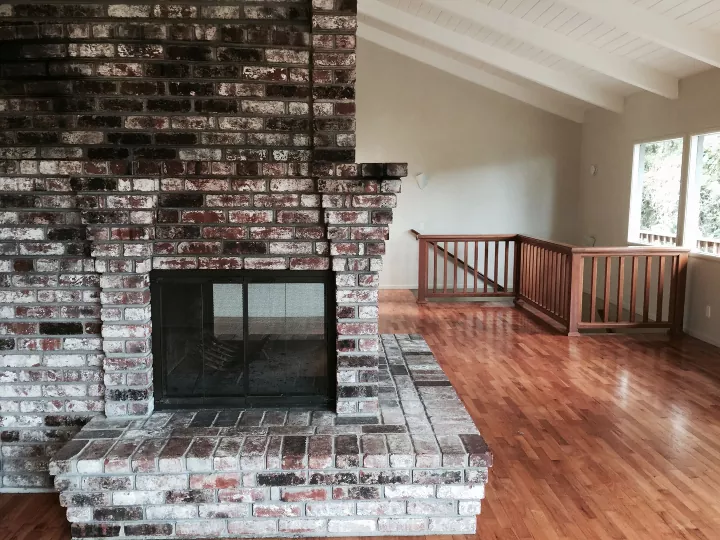


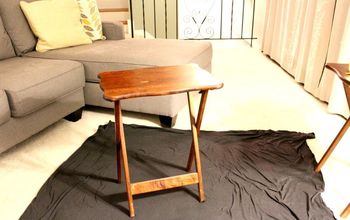

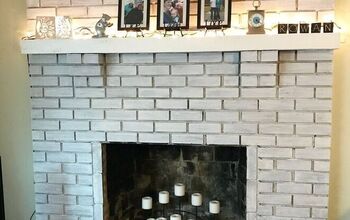
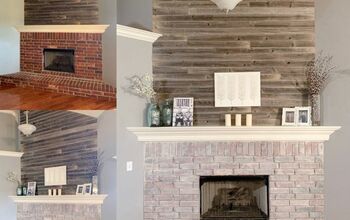
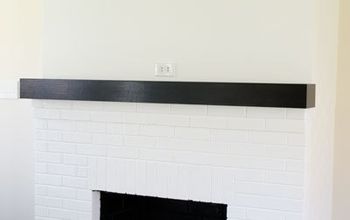








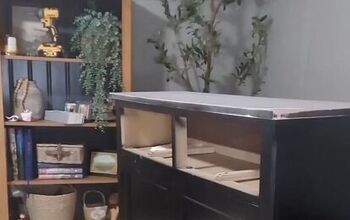
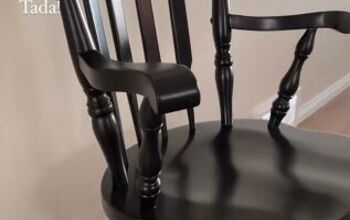


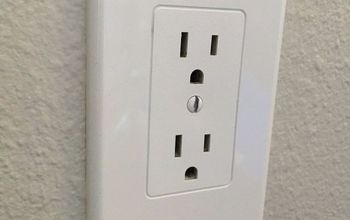

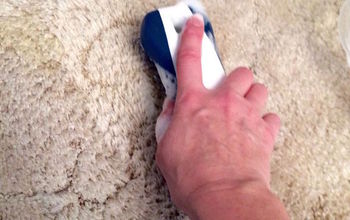
Frequently asked questions
Have a question about this project?